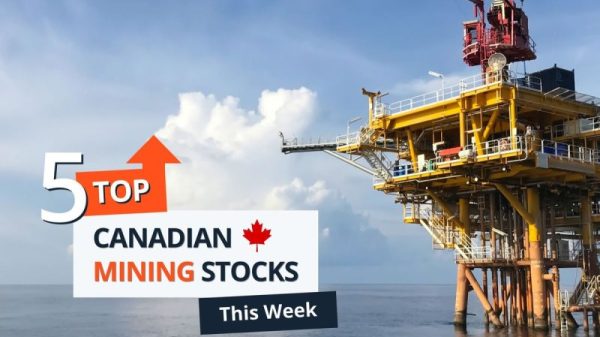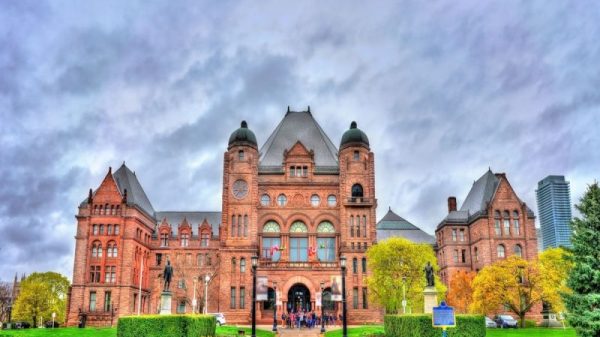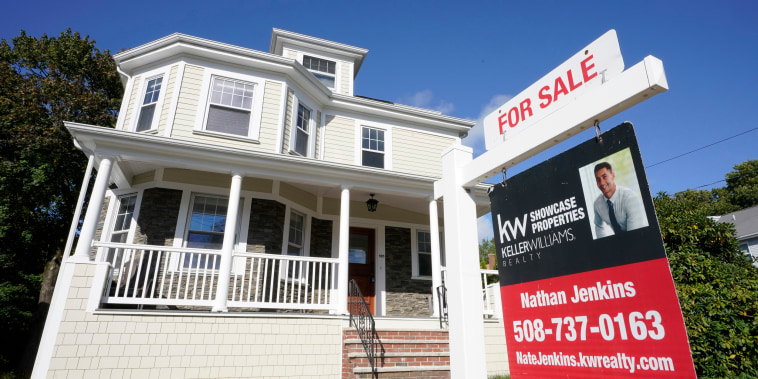A tough market for homebuyers keeps getting tougher as the combination of rising prices and climbing mortgage rates makes it even harder to afford a home, new data shows.
In spite of these challenges, people are still buying homes. About 4 million are sold every month. But to a shocking extent, rising mortgage rates and the shortage of homes for sale — which feeds rising prices and bidding wars — has weakened their financial position.
People today are borrowing significantly more money for homes at much higher interest rates than just a few years ago. Overall, a homebuyer’s dollar goes about half as far as it did at the end of 2020.
In December 2020, mortgage rates hit some of their lowest levels ever, with a 30-year fixed available for 2.68%. That was a steep drop from 3.78% a year earlier.
Today, government-backed lender Fannie Mae says the average interest rate on a 30-year fixed-rate mortgage is 7.63%.
Prices have shot up as well. The median sale price of a single-family home is above $416,000 as of the second quarter of this year, up from just under $360,000 in late 2020.
By some measures, U.S. home price indexes are at all-time highs.
Lawrence Yun, chief economist for the National Association of Realtors, said that in late 2020, the monthly mortgage payment on a typical, newly sold home was around $1,100 in principal and interest. It’s now about twice that.
The NAR calculates that a buyer today needs to make $107,232 a year to afford that median home. That calculation is based on recent rates for a buyer who makes a 20% down payment and spends 25% of their gross monthly income on housing expenses.
That’s somewhat conservative, as many people devote more than 25% of their budget to those costs. And home prices vary widely across the U.S. But it still shows how much harder it’s getting to afford a house and feel financially secure.
Real median household income was $74,580 in 2022, according to the U.S. Census Bureau.
“If you don’t make six figures, it’s going to be really tough” to afford a home in many markets, Yun told NBC News.
Figuring out affordability
Another way to measure the change: The NAR also puts out a monthly housing affordability index. A typical reading, Yun said, is 120 — meaning that a person making a median income has enough money to buy a home that’s about 20% above the median price.
That figure has fallen from almost 170 pre-Covid to a preliminary total of 91.7 in August. That’s the lowest reading since October 1985.
According to Yun, part of the problem stems from the housing bust of 2006-08, which kicked off the Great Recession and the global financial crisis. A lot of smaller homebuilders failed, the surviving builders got more conservative, and combined with rising regulatory costs, that has depressed building for a full decade.
That’s one reason there are fewer homes for sale than usual. Another is that, in many cases, people who already own their homes and are paying mortgage rates in the 3% to 4% range don’t want to sell and buy a new home at nearly 8%.
The difference between a monthly mortgage payment at 3% and one at 8% can be staggering. For a median-priced home that costs $416,000 with a 20% down payment, your monthly mortgage with 3% interest is $1,403. At 8% interest it’s $2,441.
Many people are priced out of the housing market, which has also made it more expensive to rent. But there is at least some good news there, according to Yun.
‘Thankfully, on the rental side at least, they are building apartments in many many cities,’ Yun said.
He added that there are some positive signs for homebuilders as well. Stock prices for companies like Toll Brothers and NVR — the parent company of Ryan Homes, NVHomes and Heartland Homes — have skyrocketed in the last year, meaning that investors want to give these companies cash that they can use to build more houses. That won’t solve the affordability problem on its own, but it would likely help.







































